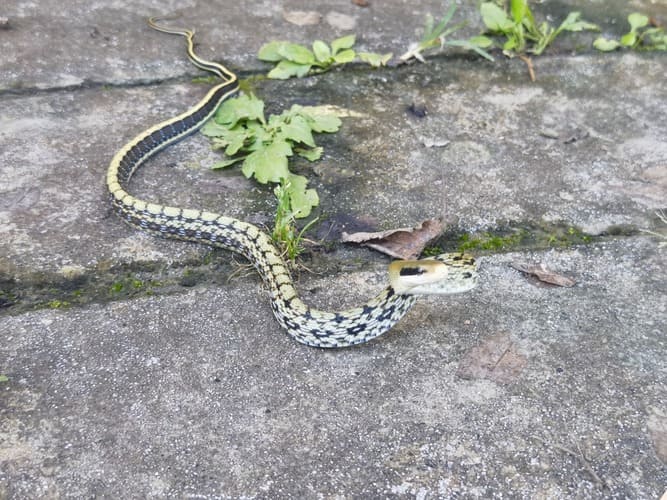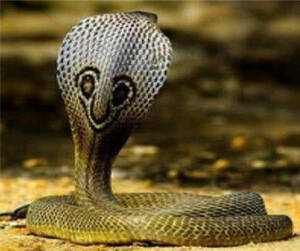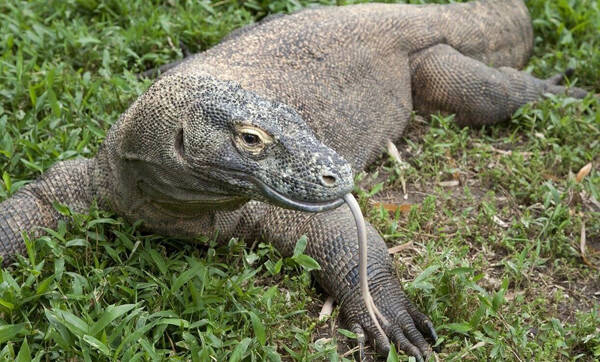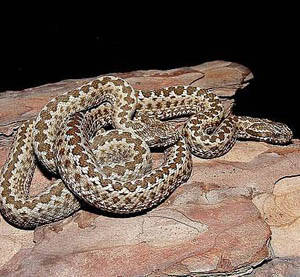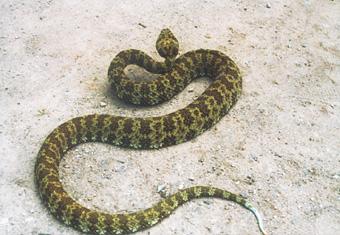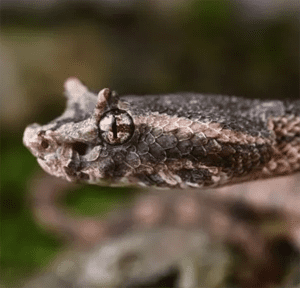Typhlopslazelli
IUCN
LCBasic Information
Scientific classification
- name:Typhlopslazelli
- Scientific Name:Typhlopslazelli,Indotyphlops lazelli,Rasmus's blind snake
- Outline:Squamata
- Family:B.snakes
Vital signs
- length:7-15cm
- Weight:No verification information
- lifetime:8-10years
Feature
Small snakes, shaped like earthworms, with a small head and short tail, cylindrical in shape, and the same thickness from head to tail
Distribution and Habitat
The type specimen of the Hong Kong blind snake is found in leaf litter. It lives in burrows in the soil, or hides under bricks or stones or under pots and bowls. It comes to the surface at night or after rain. It feeds on insects, eggs and larvae, such as termites, termites and larvae; it also eats earthworms and myriapods.
Appearance
Small snakes, shaped like earthworms, with a small head and short tail, cylindrical, and uniform thickness from head to tail. The smallest species is only 95 mm in total length, such as the small blind snake (Typhlops reuter); the largest species is the giant blind snake (Typhlops Hambo) in Africa, which can reach a total length of 775 mm. Generally, the total length is 150 to 150 mm. Only the upper jaw has teeth. The mouth is small, located on the ventral side of the head; the eyes are small and inconspicuous, hidden under the translucent eye scales; the dorsal and ventral scales are not clearly differentiated, and the whole body is covered with round scales of uniform size. The skull is firmly connected, suitable for digging and burrowing. There are bone-like remnants of the girdle (hind limb attachment bones) in the body.
Details
Hong Kong blind snake (scientific name: Typhlops lazelli) is a reptile of the genus Typhlops in the family Typhlopidae, also known as Lazelli's blind snake, and is endemic to Hong Kong.
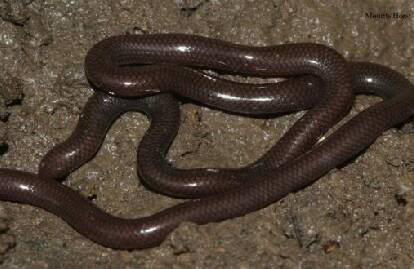
This species is named after James D. Lazell to honor his contribution to the study of reptile communities in suburban areas of Hong Kong. The type specimen was collected by Sandra Brown in Pokfulam in 1988, and the paratype specimen was collected from the campus of the University of Hong Kong in 1992 and is stored in the Museum of Comparative Zoology at Harvard University.
Humans know very little about the habits of Hong Kong blind snakes. Only two individuals have been found, and the type specimen was found in a pile of fallen leaves.
Listed in the 2013 Red List of Endangered Species of the World Conservation Union (IUCN) ver3.1--Critically Endangered (CR).
Listed in the China Biodiversity Red List-Vertebrate Volume, with an assessment level of Near Threatened (NT).
Listed in the second level of the "List of National Key Protected Wildlife in China".
Protect wild animals and stop eating game.
Maintaining ecological balance is everyone's responsibility!

